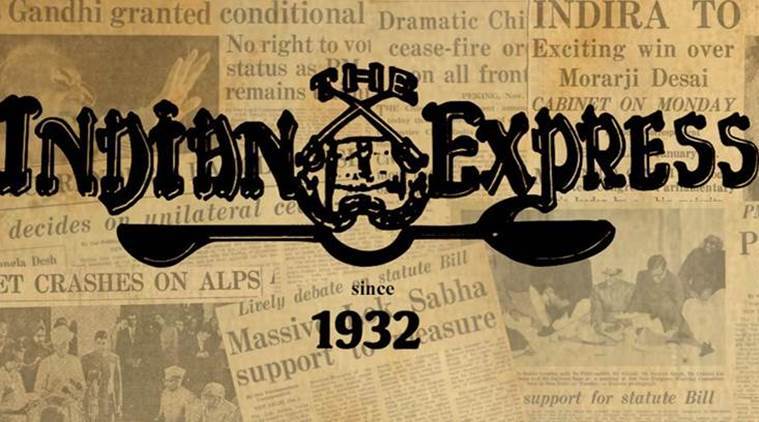 What is remarkable about Iran’s cinema is the degree to which it has flourished despite decades of restriction, first from the monarchy and post the Islamic Revolution in 1979, the quasi-religious State.
What is remarkable about Iran’s cinema is the degree to which it has flourished despite decades of restriction, first from the monarchy and post the Islamic Revolution in 1979, the quasi-religious State.
Generations of idealistic young people have plastered on posters and shouted as a slogan, Bertolt Brecht’s all-important question, and answer. The song “in dark times” at Iran’s ongoing Fajr International Film Festival, is not just about dark times though. Its organisers are keen to prove that the image of Iran floated in and by the West — of a regressive, conservative space marked by a “death to America” variety of theocratic politics — is a caricature at best and outright propaganda at worst. But perhaps more importantly, Iran’s emergence as arguably the most important contemporary space for artistic cinema says something about the role that art can play in times and places of repression.
The Fajr festival, for example, has only grown and deepened as a space for local and world cinema since its inception in 1983. What is remarkable about Iran’s cinema is the degree to which it has flourished despite decades of restriction, first from the monarchy and post the Islamic Revolution in 1979, the quasi-religious State. Its artists have been recognised at every major festival, including the Oscars. But it is perhaps the restriction that prevails not just in the realm of art but politics, culture and social life, that provides such fertile ground for creative expression.Closed societies force leaps of imagination.
In India too, cinema provides an escape for those who need it most. Supermen of Malegaon, a 2008 documentary highlighted how a besieged minority, with few other avenues for entertainment, found refuge in Bollywood. The sheer mastery of the cinematic form displayed by Iran’s master-film-makers has opened up a space for creative freedom in that country. Its festivals show that art is beyond politics and can even shape it.